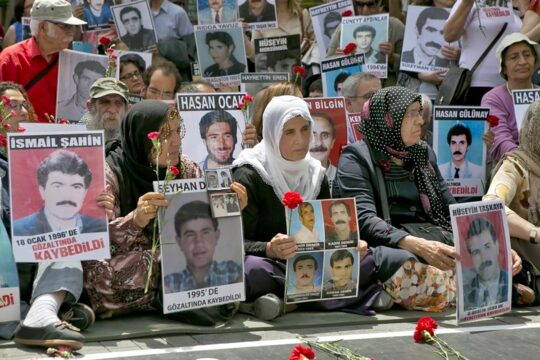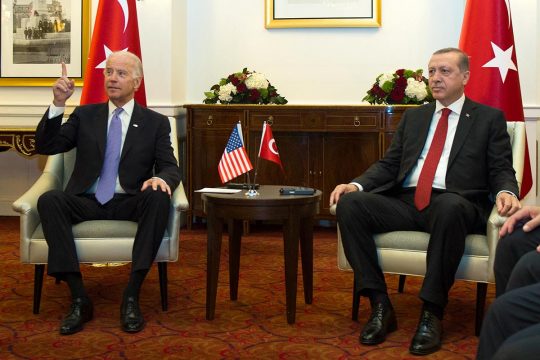Armenia and Turkey are at odds over whether the World War I massacres and deportations of Armenians between 1915 and 1917 by their Ottoman rulers should be described as "genocide".
The European Court of Human Rights in Strasbourg is set to rule on Thursday on whether denial of the genocide is illegal.
Armenia says the massacres and deportations by the Ottomans during World War I left more than 1.5 million of its people dead, while Turkey puts the number at between 300,000 and 500,000.
Clashes with the Turks had already started at the end of the 19th century as the Ottoman Empire was falling apart, costing between 100,000 and 300,000 Armenian lives between 1895 and 1896, according to Armenian sources.
Then, in October 1914, the Ottoman Empire entered World War I, at the side of Germany and the Austro-Hungarian Empire.
On April 24, 1915, thousands of Armenians suspected of harbouring nationalist sentiments and being hostile to Ottoman rule were rounded up.
On May 26, a special law authorised deportations "for reasons of internal security". The Armenian population of Anatolia and Cilicia, labelled "the enemy within", was forced into exile in the Mesopotamian desert, with a large number of Armenians killed on the way or in the detention camps.
Many were burned alive, drowned, poisoned or fell victim to disease, according to foreign diplomats and intelligence services at the time.
The Ottoman Empire was dismantled in 1920, two years after the creation of an independent Armenian state in May 1918.
Turkey accepts today that massacres were carried out and that many Armenians were killed while being deported, but describes the bloodshed as civil strife.
It says the Armenians collaborated with the Russian enemy during World War I, and that tens of thousands of Turks were killed at their hands.
To date, around 20 countries have recognised the massacres of Armenians as genocide. The European Parliament recognised the killings as genocide on June 18, 1987.




